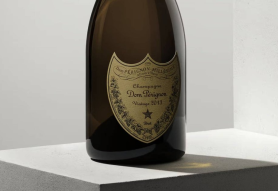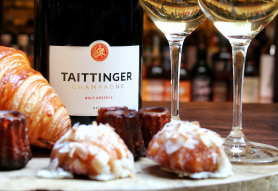Sake
Japan's national drink is produced in a variety of styles, from fresh and fruity sparkling Sake through pure Junmai Daiginjo all the way to rich and full-bodied unfiltered Nigori. Quality is often associated with the "polishing level" of the short grain rice used to produce it, with higher levels of polishing leading to a cleaner, purer expressions. Understanding Sake can be challenging for many, as it comes in so many styles and often labeled in Japanese characters. The word Ginjo indicates a fruity and more floral style; Daiginjo literally means "big ginjo" and will have even more fruity and floral notes.
In contrast, Honjozo styles will be more lacticand cereal. See the word Junmai on the label? This simply indicates that the Sake has not had any distilled alcohol added during the production process, which is permitted and often done even for high quality Sakes. The lower the polishing ratio, the more pure the Sake will be and, as such, Daiginjo styles are polished to 50% or less. Unique, complex and food-friendly, the world of Sake is as fascinating as it is delicious.


























